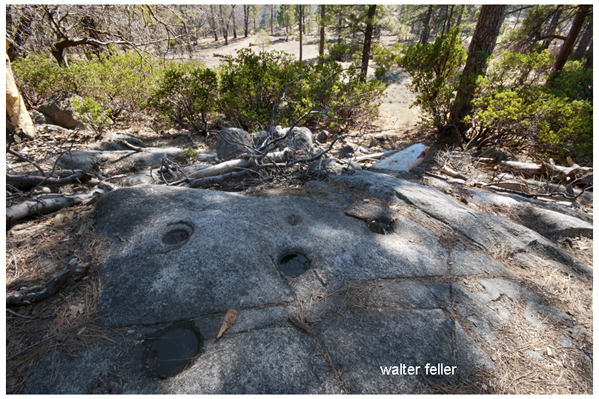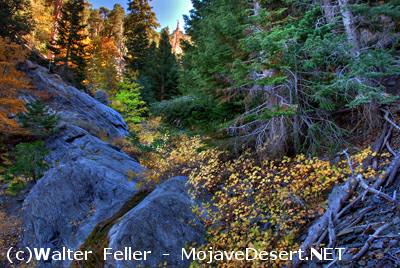Plant Resources

The use of plants by the Serrano is covered in Bean and Vane's ethnobotany of the park, which remains to be published. Bean and Saubel's Temelpakh (1972), which pertains to the ethnobotany of the Cahuilla contains much information applicable to the Serrano as well. Lawlor's dissertation on plant use in the Mojave Desert (1995) also contains pertinent information. None of these sources, however, touches as well on the meaning of plants to the Serrano as does Dorothy Ramon:
Long ago when the world began there were many Indian peoples here on earth. Their Lord was living here, with them, he was alive, not dead. He was like us, alive here. And he would speak to them. He would explain to the people about how to live, about how to get along here on earth. And there were lots of people. Perhaps different tribes. Our Lord came to them. He asked them whether they would allow themselves to be transformed to make medicine, so that medicinal plants would grow. They were to become medicinal herbs. Only those that believed were transformed. And so many plants exist now on Earth. 'Herbs', as the whites call them, grow on the earth. They were to become the Indian's medicine.
They (the Indians) would treat themselves with them (herbs), before their little brothers and sisters arrived (little brothers and sisters' is a euphemism for 'white people'). They (white people) weren't there yet. They had not been made yet, they were not here yet. He (our Lord) told the Indians about this long ago.
The Indians healed themselves with them (herbs). All the shamans knew where their medicine and food grew. Everything (we need) is available on Earth, in the hills, the song says. It grows. When it would rain regularly, it was nice. Everything that He created would grow. The Indians used to have lots of food long ago. They could also cure themselves with the same plants today. They (the first people) all transformed themselves. All those things grow on earth. And they would see them (those medicinal plants). Different kinds of medicinal and edible plants grew there long ago as well. Such things no longer exist, I think, who knows why? No one eats them nowadays. Eat different food nowadays. Some new kind of food. Now it has come out (this new kind of food). But long ago this was their food. People would always pick it (fruit) in the hills when it ripened. The women would always go pick those things. There was always food for them to eat. In the winter they would eat all kinds of things which they had dried. They would put food away. In the winter they would eat all kinds of things which they had dried. They would put food away for that purpose. They would store it away, they used to say. The same was true of medicine. The shaman knew where it grew, certain kinds. He would go and gather them in order to treat illnesses. He would treat people with them. He would cure a sick person with them (those herbs). There were a lot of medicines like that. Those white people refer to them as herbs. Some don't believe in that. But they (herbs) are beneficial. Some people do not believe in that (Ramon and Elliot 2000:357-359).
<< Previous << Contents >> Next >>
Indian Uses of Plants
In the desert, Indians found native plants and other natural objects that not only ensured their survival but also formed the foundation for ...Eco-Subsections
Southern California Mountains and Valleys of the Serrano IndiansUpper San Gabriel Mountains
San Gabriel Mountains
Upper San Gorgonio Mountains
Little San Bernardino - Bighorn Mountains
San Gorgonio Mountains
Fontana Plain - Calimesa Terraces
